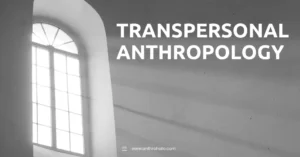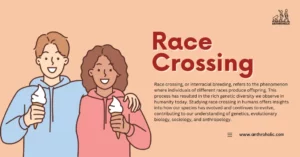AI Answer Evaluation Platform Live Now. Try Free Answer Evaluation Now
Primitive Law and Modern Law
The human legal framework’s evolution is a fascinating journey from rudimentary principles of “primitive law” to complex edifices of “modern law”. A grasp of this transformation is not just about understanding legal systems but also appreciating human evolution, culture, and society.

Primitive Law: The Cradle of Legal Tradition
Primitive law refers to the rudimentary legal systems found within early human societies, characterized by unwritten and custom-based regulations.
Characteristics of Primitive Law
- Custom-Based: Primitive laws were largely derived from societal customs and traditional practices [1]. They were orally transmitted, forming an integral part of the society’s moral code.
- Reparation rather than Punishment: The primary focus was to restore balance, often through compensation or restitution, rather than punitive measures [2].
- Kinship and Collective Responsibility: The responsibility of offense often fell on the group rather than an individual, reflecting the importance of collective and kinship ties [3].
Example: The Law of the Ancient Aboriginals
The indigenous Aboriginal people of Australia practiced one of the oldest recorded systems of primitive law. Custom and tradition were central, with oral folklore guiding behavior and dictating punishments for transgressions. Their law, known as the Tjukurpa, was inseparable from their spiritual beliefs, demonstrating the strong integration of law, religion, and morality in primitive societies.
Modern Law: Complexity and Codification
Modern law refers to the organized, codified legal systems commonly found in contemporary nation-states. It features sophisticated hierarchies of courts, legal professionals, and a focus on individual rights and punitive measures.
Characteristics of Modern Law
- Written and Codified: Modern laws are formally written, structured, and maintained as distinct entities from other societal norms.
- Individual Responsibility: Emphasis is placed on individual responsibility and free will. Punishment is often seen as a deterrent or retributive measure.
- Division of Power: The enactment, interpretation, and enforcement of laws are often segregated among different branches of government to ensure checks and balances.
Example: The United States Legal System
The U.S. legal system is an epitome of modern law. Laws are explicitly written, with a clear separation between the legislative, judicial, and executive branches. Furthermore, the legal process is highly procedural and is served by a complex hierarchy of courts and legal professionals.
| Primitive Law | Modern Law | |
|---|---|---|
| Origin | Custom-Based | Written and Codified |
| Focus | Reparation | Punishment |
| Responsibility | Collective | Individual |
| Power | Unified | Divided |
The Evolution: From Primitive to Modern
Transitioning from primitive to modern law wasn’t an abrupt change but a gradual evolution, shaped by factors like increased social complexity, advancements in communication and writing technologies, and the development of the nation-state model.
Key Stages of Evolution
- Oral to Written: As societies grew more complex and interactions increased, the need for written laws became evident. The first written law, Hammurabi’s code, was an early attempt at formalizing legal codes.
- Customary to Codified: Over time, societies started to separate legal regulations from social customs. This led to the codification of laws, making them more predictable and accessible.
- Collective to Individual Responsibility: As societies moved towards recognizing individual rights and liberties, laws began to reflect this shift. Legal systems gradually transitioned towards holding individuals responsible for their actions.
- Unification to Separation of Powers: As societies became larger and more complex, the division of power became necessary to prevent misuse of authority, leading to the separation of the judiciary, executive, and legislative powers.
Conclusion
Understanding the evolution from primitive to modern law provides insights into the social and cultural shifts of humanity. While distinct, both primitive and modern law serve the same purpose – maintaining social order and regulating human behavior. As societies continue to evolve, so will their legal systems, adapting to new challenges, technologies, and societal norms.
References
[1] Malinowski, B. (1926). Crime and Custom in Savage Society. Kegan Paul, Trench, Trubner & Co., Ltd.
[2] Pospisil, L. (1971). Anthropology of Law: A Comparative Theory. Harper & Row.
[3] Diamond, A. (1971). Primitive Law, Past and Present. Methuen & Co Ltd.




